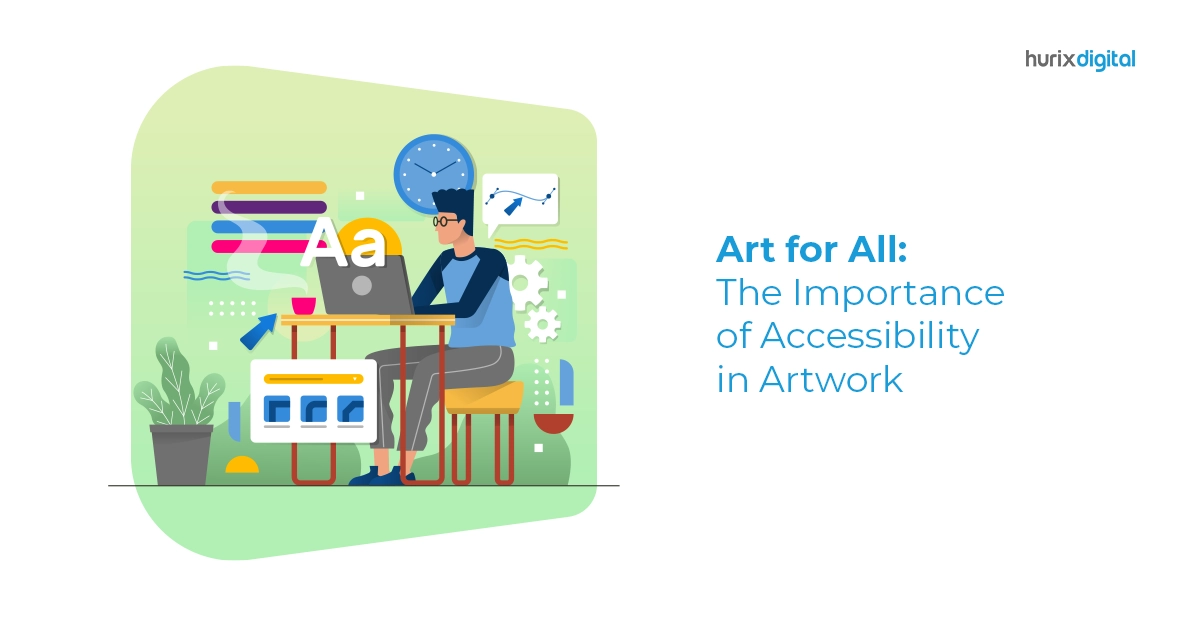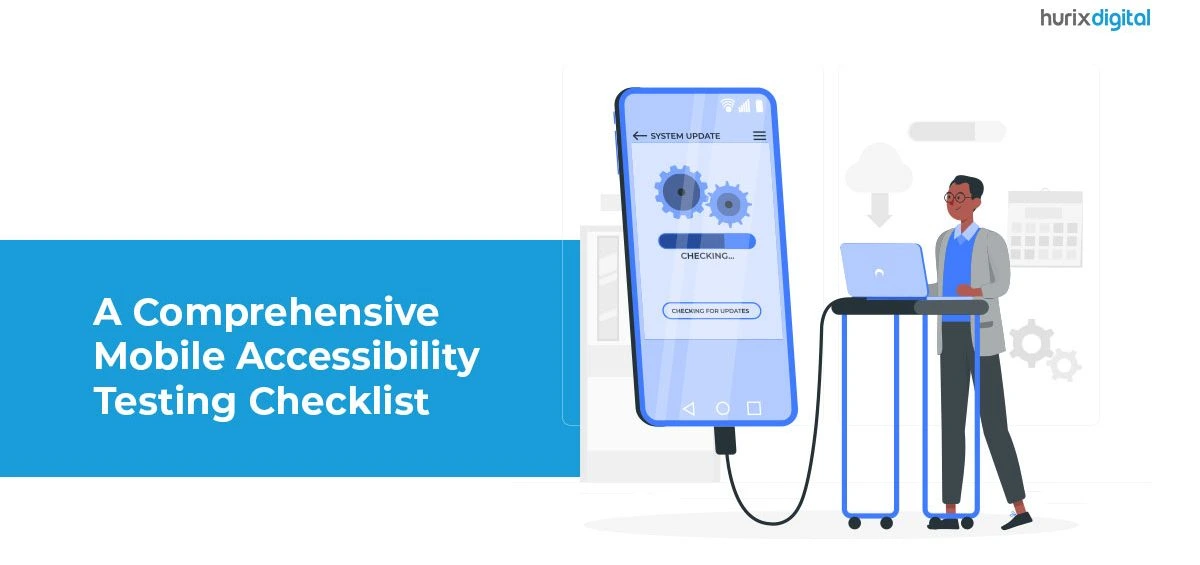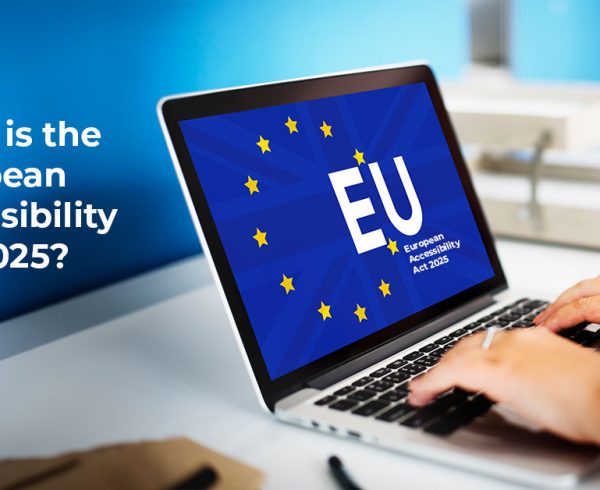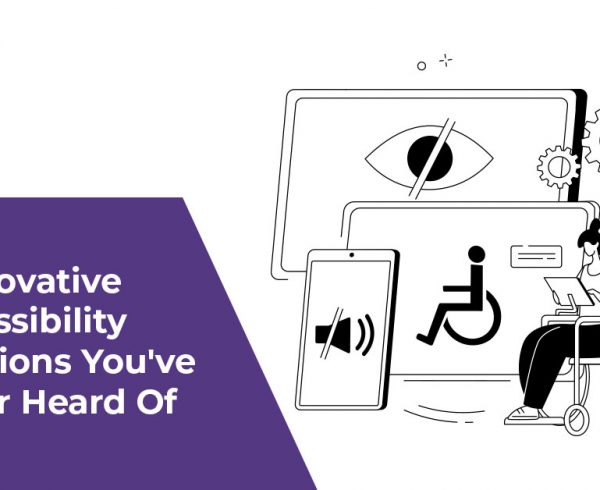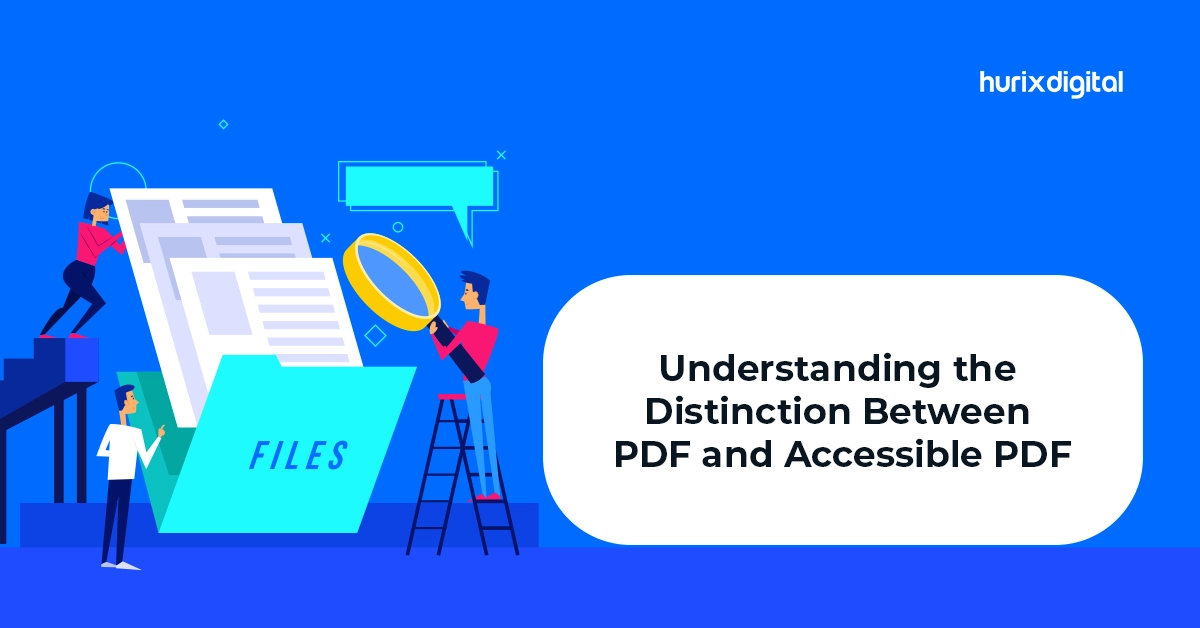Table of Contents:
- Introduction
- Top 4 Common Types of Images & Accessibility Checkpoints for Each Type:
1. Illustrations
2. Infographics
3. Photographs
4. Maps - Conclusion
Introduction
Accessibility in artwork is particularly important for digital content because more and more people are consuming digital media and online content. Ensuring that digital art is accessible means that everyone, regardless of their abilities or disabilities, can engage with and appreciate the art online.
There are several reasons why accessibility in digital art is important. First and foremost, it is a matter of inclusivity. People with disabilities are often excluded from online content that is not designed with web accessibility in mind. This can result in frustration and feelings of isolation, which can be detrimental to their overall well-being. By ensuring digital accessibility, we can make sure that everyone can enjoy and engage with the art, regardless of their abilities.
When it comes to types of artwork, there are many different forms, including charts, pie charts, maps, images, illustrations, and more. Each type of artwork presents its unique challenges when it comes to accessibility. For example, charts and graphs may need to be accompanied by audio descriptions to be understood by individuals who are blind or visually impaired. Similarly, images and illustrations may need to be described in detail to ensure that individuals with visual impairments can appreciate them.
There are many types of images used in art and design, each with its unique features and considerations when it comes to accessibility.
Also Read: Accessibility and Figures: Best Practices for Creating Accessible Content
Top 4 Common Types of Images & Accessibility Checkpoints for Each Type
1. Illustrations
Illustrations are images that are created by hand or using computer software. They can be used for a wide range of purposes, including books, magazines, and marketing materials. When it comes to accessibility, illustrations can present challenges for individuals with visual impairments. Some accessibility checkpoints for illustrations might include:
- Providing alternative text (alt text) that describes the content of the illustration.
- Ensuring that the illustration is high contrast and has clear outlines to make it easier for individuals with low vision to see.
- Providing tactile models of the illustration allows individuals with visual impairments to feel the composition and texture of the artwork.
2. Infographics
Infographics are images that are used to convey information and data. They typically include charts, graphs, and other visual representations of data. When it comes to accessibility, infographics can present challenges for individuals with visual impairments or cognitive disabilities. Some accessibility checkpoints for infographics might include:
- Providing alternative text (alt text) that describes the content of the infographic.
- Using clear, high-contrast colors to make the infographic easier to read for individuals with low vision.
- Providing audio descriptions that describe the content of the infographic for individuals with visual impairments.
3. Photographs
Photographs are images that are captured using a camera. They can be used for a wide range of purposes, including art, journalism, and marketing. When it comes to accessibility, photographs can present challenges for individuals with visual impairments. Some accessibility checkpoints for photographs might include:
- Providing alternative text (alt text) that describes the content of the photograph.
- Using clear, high-contrast colors to make the photograph easier to see for individuals with low vision.
- Providing audio descriptions that describe the content of the photograph for individuals with visual impairments.
4. Maps
Maps are images that show geographic locations and features. They can be used for a wide range of purposes, including navigation and education. When it comes to accessibility, maps can present challenges for individuals with visual impairments. Some accessibility checkpoints for maps might include:
- Providing alternative text (alt text) that describes the content of the map.
- Using high contrast colors to differentiate between different features on the map.
- Providing audio descriptions that describe the content of the map for individuals with visual impairments.
Check out this Exclusive Case Study: HurixDigital Creates Accessible eBooks with Alt-text Descriptions for a Leading K-12 Publisher
Conclusion
At Hurix Digital, we are experts in creating artwork that is both beautiful and accessible. We understand the importance of making art accessible. It ensures that everyone can engage with and appreciate the artwork. We take great care to ensure our creations are accessible to all. We use a variety of techniques, including audio descriptions, alternative text, and other accessibility features, to make sure that our artwork can be enjoyed by everyone.
By prioritizing accessibility in artwork, we can help our clients reach a wider audience and ensure that their message is understood and appreciated by everyone. Whether it’s creating accessible charts and graphs for a presentation or designing accessible illustrations for a children’s book, we have the expertise and skills needed to make sure that the artwork is both beautiful and accessible.
Connect with our team of experts to know more.


